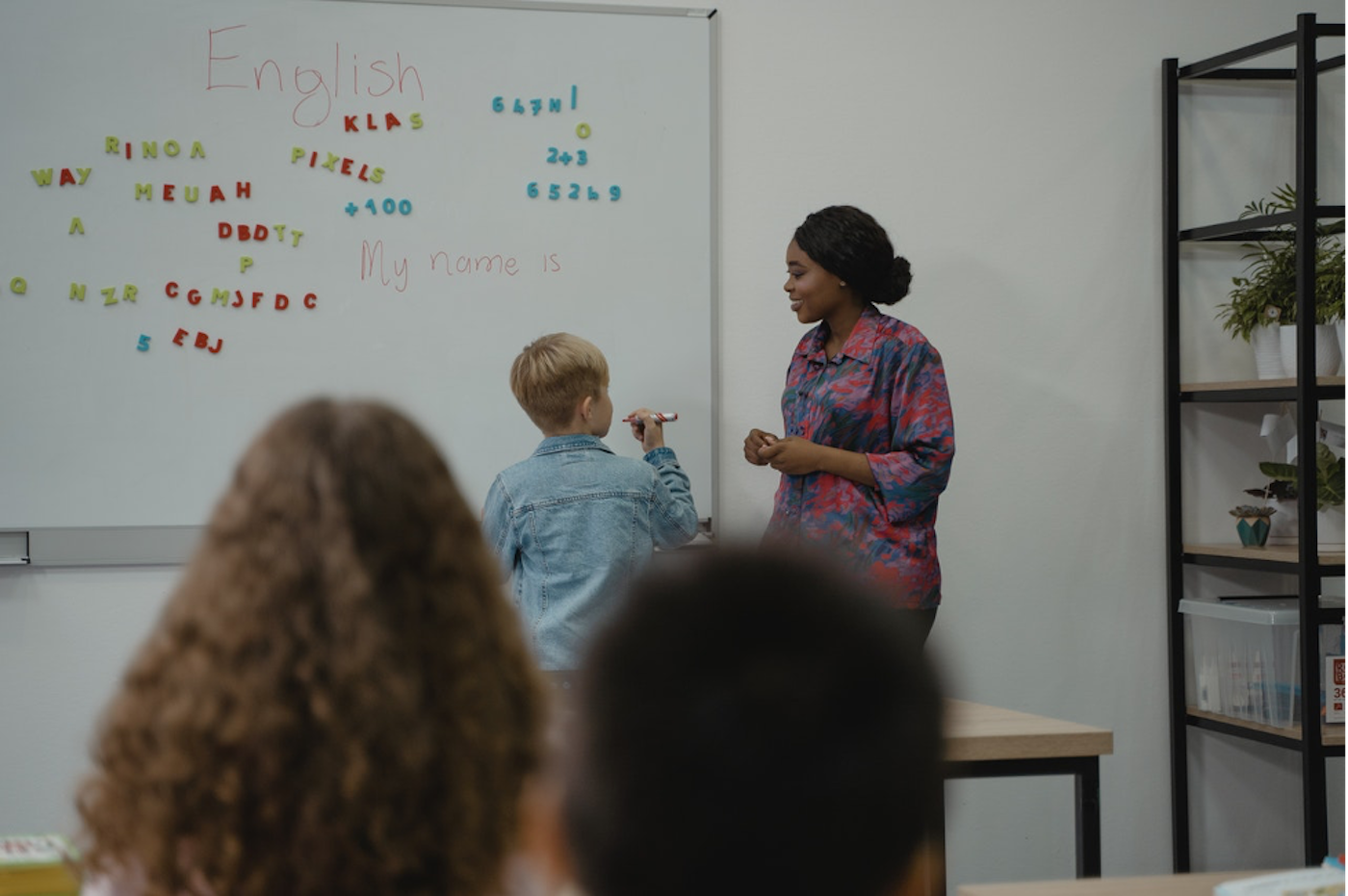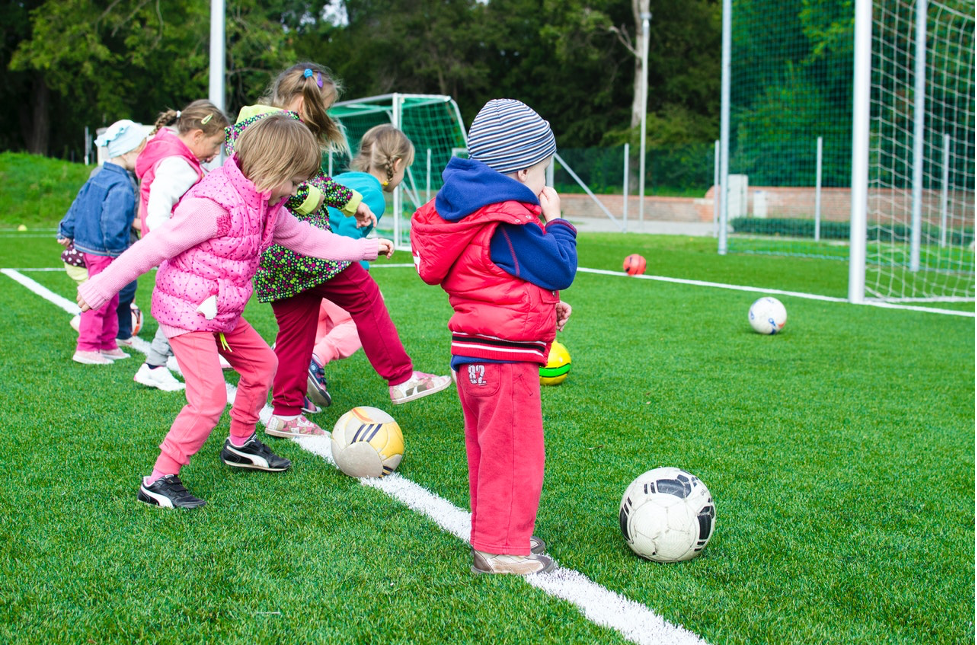
With over half of Americans now having received at least partial vaccination against the COVID-19 virus, and with more and more schools at all levels inviting students and staff back into the classroom, it may appear as though education is finally returning to normal.
Certainly, students and parents have a right to breathe a collective sigh of relief. The nightmare is over. Experts advise cautious optimism, however. A return to the classroom won’t entirely mean a return to normal. Things will never quite be the same as they were before the pandemic.
Going forward, health and safety will be much more of a concern. There are still serious health risks associated with returning to in-person learning. Schools that haven’t already done so will have to implement new health and safety protocols designed to protect students and staff.
The protocols that schools will implement going forward will include making masks mandatory inside school facilities, on school transportation, and outdoors (where social distance cannot be maintained). These protocols will also include enhanced screening procedures and expanded targeted COVID-19 testing.
Table of Contents
Social Challenges
The return to in-person schooling comes with social challenges.
Students who return to the classroom, especially at the elementary school level, will have to readjust to a new learning environment to which they’re not accustomed.
Young classmates who have not seen each other in person for months will have to figure out how to share space again, but this time under new rules and regulations. In-person learning might feel strange after so much remote learning. Teachers will struggle to enforce their students, no matter how much they have missed each other, to social distance. Habits will have to change. So too will disciplinary measures.

New Academic Challenges
The COVID-19 pandemic has had a profoundly negative impact on education. A return to normal, or a return to something like normal, will not undo the academic damage the pandemic has done. Online learning simply has not been able to adequately replace in-person learning. Academically, students will need to play catch up.
Since the onset of the pandemic and the corresponding shift to online learning, enrolment rates have decreased while — although the statics are not available yet — drop-out rates have likely increased. Many students have fallen behind or lost interest in school. Grades have dropped. Math and literacy rates are at an all-time low.
Students who are applying or who will soon apply to post-secondary institutions are at a particular disadvantage. At the point in their education when they face the most pressure to improve their grades and demonstrate academic excellence, their grades have dropped.
There are steps teachers and parents can take to help students catch up academically. These steps can include hiring a home tutor or enrolling in extracurricular educational programs or summer camps.
New Levels of Competition
Even if students do catch up, however, it will be harder than in previous years to get accepted into top colleges.
In response to the pandemic, post-secondary learning institutions have adjusted their admission requirements. Universities and colleges, including all eight Ivy League universities, have made the SAT no longer mandatory for acceptance.
In many ways, these changes benefit students, specifically students from lower income families.
As a result of these changes, however, the number of students applying to the top 50 universities and colleges has risen drastically, making the competition even higher. (The number of applicants to Columbia University and to Harvard University, for instance, has roughly doubled.)
As a result, the percentage of students who will be accepted into top post-secondary institutions for the 2021-2022 will be even smaller than in previous years. It also means more students will be waitlisted.
While these challenges will be with us for months and perhaps even years to come, the good news is that the worst is over for Americans and Canadians, and the future is looking brighter than it has in a long, long time.